Psikyo Shooting Stars Bravo Rapid Review
Fast Facts
Title: Psikyo Shooting Stars Bravo
Developer: NIS America
Publisher: NIS America
Website: https://nisamerica.com/psikyo-shooting-stars/
Genre: Action, Arcade, Shooter
Platform: Nintendo Switch
Age Rating: PEGI 7
Release Date: 21/02/2020
Price: £35.99 – Rapid Reviews was very kindly provided with a review code for this title.
Back in January NIS America brought us Psyiko Shooting Stars Alpha, a collection of six of their top shoot ‘em up (shmup) games from back in the days of the arcade. They’re at it again with another collection of classic shmups, but is Psikyo Shooting Stars Bravo going to scratch that shoot ‘em up itch?
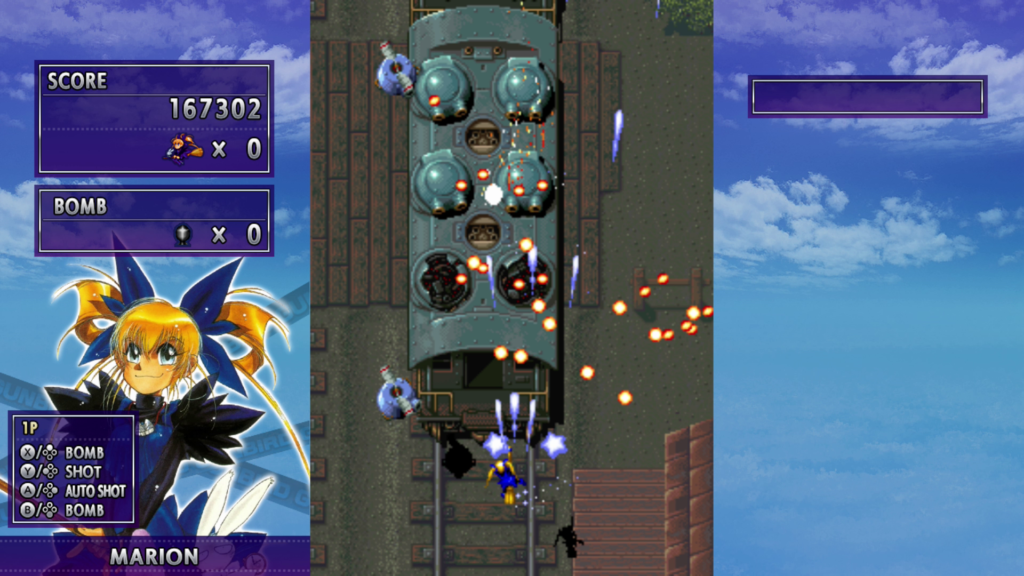
This review will be a little different in that each game will be discussed for its merit before talking about the collection as a whole. With that in mind let’s kick things off with Gunbird, initially released in 1994. There’s no messing about here, you choose from one of five characters, and you’re then thrust straight into the heart of the action. This top-down, vertical shooter will have you blasting your way through seven stages to collect parts of a magic mirror that reveals the location of a wish-granting genie.
Each character has their own plotline to follow, with two different endings available to them after completion of the game. As expected, none of these games are going to win an award for storytelling, but the main antagonists of Gunbird are “The Trump” – a group of sky pirates out to use the wish of the genie for their own selfish needs, using their creations to get in your way and bring about your end.
Graphically this game screams the 90s; amazing sprite work brings the world to life. There’s a splattering of 3D effects in here too, it all just works and feels fantastic. The audio in this game is a treat also, pumping soundtracks and great sound effects bring the levels to life. Speaking of the levels, no one character has the same three starting levels. This is a nice effect that adds a little variety to the game – a great first game to start with in this collection.
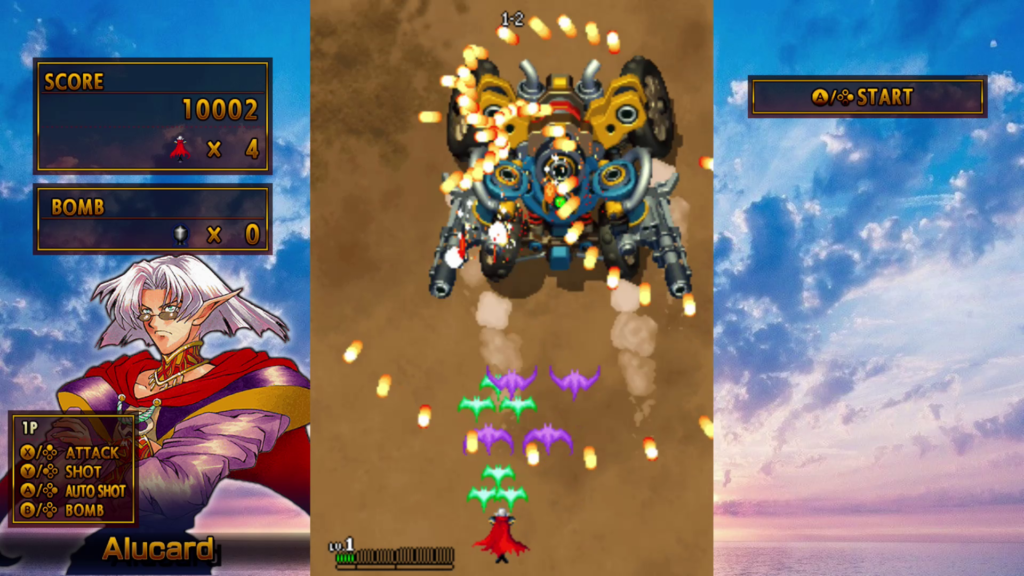
Following on from Gunbird is Gunbird 2. First released in 1998, it has a very similar plotline to the original game in that you’re off to find three powerful elements (Sun, Moon and Stars) to bring to the “Potion God”, but the Queen of Pirates is hellbent on using her robots to stop you. The gameplay is very similar here. However, there is a unique option to experience the multiplayer story with only one player. This allows you to pick from two of the five characters to go through the co-op story without the need of a second player. A nice element that adds another bit of variety to the game as every time you die, you switch characters.
As you would expect, the artwork is similar to the original. However, the detailing on the sprites has been refined, and there is a lot more 3D artwork. Dialogue options seem more understandable too, which is great as it certainly adds depth of character to this title. Disappointingly though, the two secret characters from the Dreamcast port of this game don’t seem to be playable. It would’ve been great to see two more recognisable faces, but this is by no means a dampener on the experience.
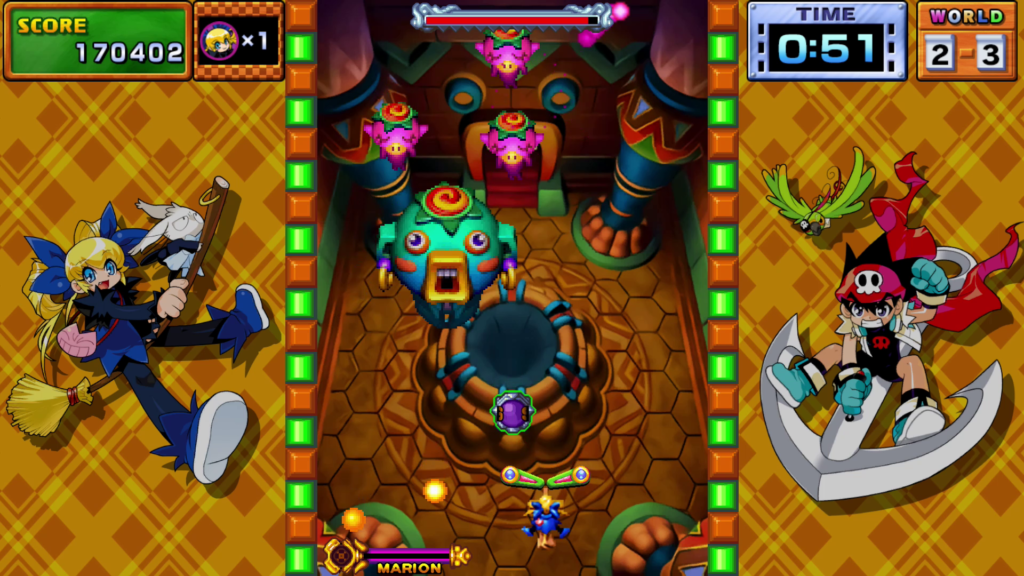
The final Gunbird game is Gunbarich, initially released in 2001. This game is a Breakout clone, and there’s not much else to say here. You can choose between two characters, each with different stats that alter their play, and you simply have to destroy all the blocks in the allotted time limit. Unlike Breakout, you can use pinball-style flippers to give the ball a boost of speed, along with other power-ups that you get this adds some variety from the standard Breakout affair. This game is made slightly easier by the fact it will show you where the ball is going to be landing at the bottom of the screen, which the original Breakout did not. Overall, a fun distraction but not as compelling to play as the rest of the series.
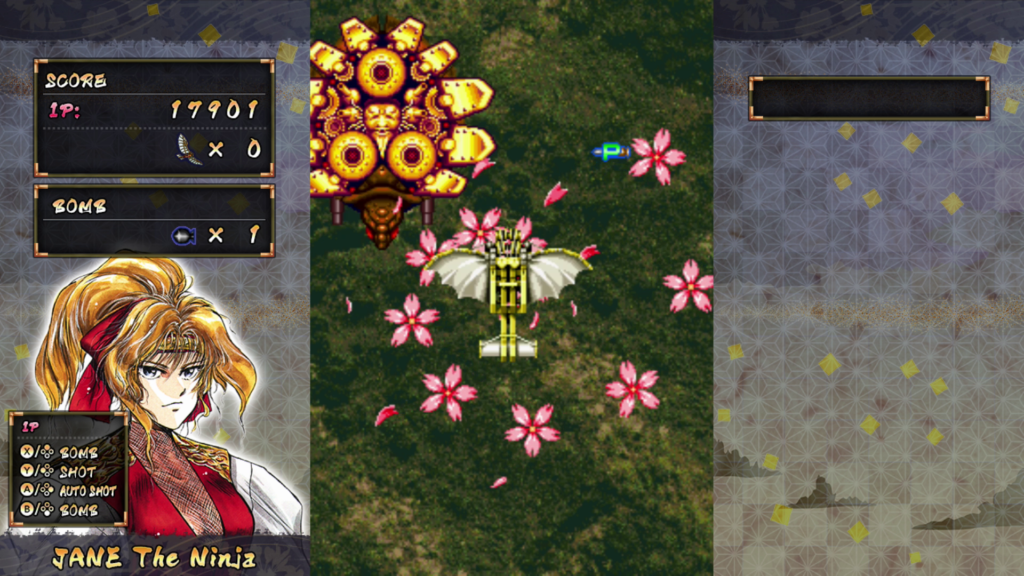
Next up is the first game in Samurai Aces franchise that was first brought out in 1993 making it the earliest release in this collection. Featuring six playable characters, a two-player mode, and twenty-one different endings, Samurai Aces packs a lot up its sleeve. Your task is to stop an evil cult from sacrificing the Princess to bring back a demon, that being said, it is your standard shmup affair when it comes to gameplay. This is the first game in the collection that showed its age. Although the sprite work is colourful, the same level of detail isn’t there. The characters don’t have their unique charm when on screen as all you see are the craft they use to fly in. None of this is to say that Samurai Aces is in any way a bad game, just other games in this collection outshine it.
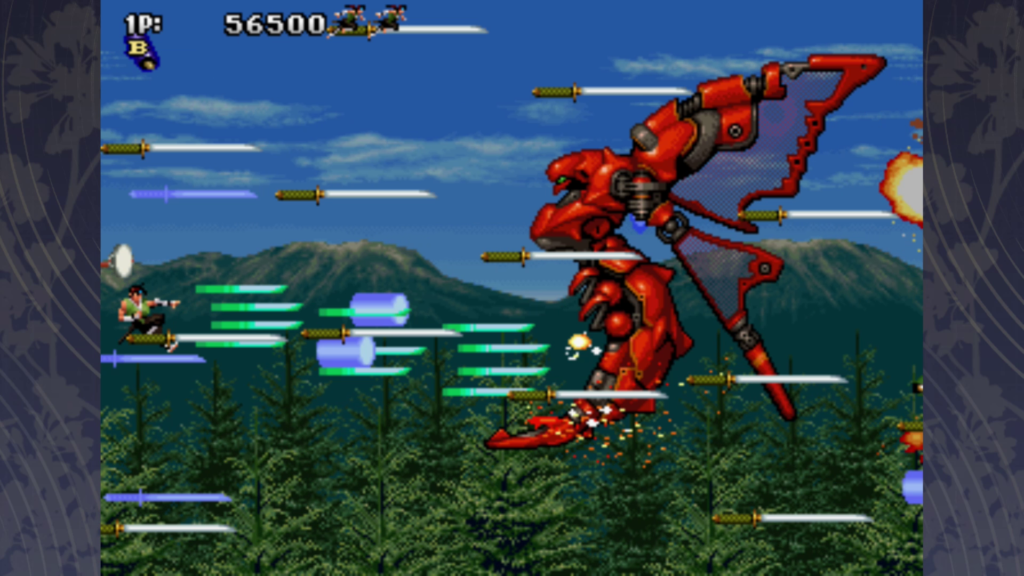
The second game in the Samurai Aces series is next up, known outside of Japan as simply Tengai. First gracing the general public with a release back in arcades in 1996, this game is the first game of this collection to be a horizontal shooter as opposed to a vertical one. Tengai is unique in that after collecting a power-up (more on these later) your partner appears, usually an animal companion. These are not only a source of additional normal shots, but they allow you to (for a short while) power up and charge a bigger, more continuous stream of fire in one direction on screen. This is a great mechanic that sets the game apart from the rest of the collection.
The character and enemy design is unique here too, as in the other Samurai Aces games, there is a heavy influence of Sengoku period Japan with all aspects of the aesthetics, certainly a nice change to your standard flying robots and spaceships. Featuring five playable characters, multiple endings and multiplayer, it has everything you’d expect from a game in this collection. It doesn’t blow you away visually, but its unique charm and style will have you wanting to pick this game up over and over again.
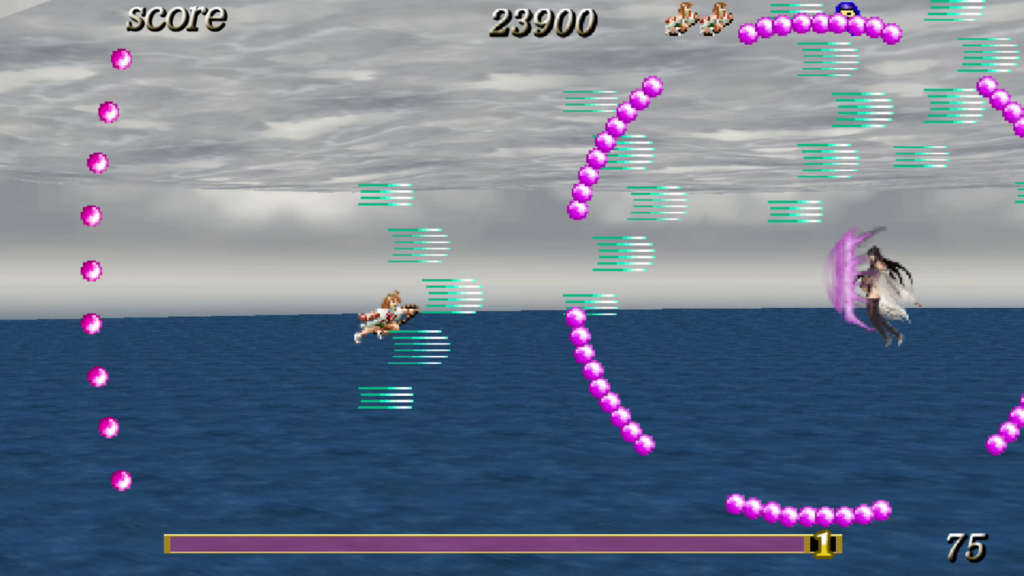
The final game in this collection is Samurai Aces III Sengoku Cannon, which never hit the arcade but was first released in 2005 for the Sony PlayStation Portable (PSP). This is the first game in the collection that gives us a practice mode, where you can select a character (of which there are 5) and a stage to get to grips with enemy patterns and boss fights. However, just because it has unique features doesn’t mean it’s a good game. Sengoku Cannon has the worst sprite work of any of the games featured here, no matter how frantic any of the other games got you could always make out your characters detail with ease. Here though, as soon as you start moving around, your character becomes a blur of colour and loses all charm.
The opening levels have so much 3D work in the background that it’s jarring to keep an eye on what’s happening, not because the backgrounds are so detailed and amazing either, they’re usually lazily designed buildings or fields that do nothing for the gameplay. Overall, this game feels the weakest here. There’s nothing that gets the adrenaline flowing, nothing that grips you and makes you want to keep playing, this game is below average, and you will miss nothing by skipping it.

So that’s all the games talked about, as you can see it’s a mixed bag but for the most part a solid collection. As stated earlier, there are power-ups in these games, and they follow the same pattern regardless of the game. You gain power-ups as you destroy enemies allowing you to discharge faster shots or adding additional streams of bullets to your arsenal. Each character has their unique upgrades that help each game stand out and allow you to feel like you’re having a different experience each time. Then there are bombs, big screen-filling blasts that will do heaps of damage with ease. More scarce than power-ups, but so much more effective at bringing down even the toughest of bad guys.
Something that was brilliant to see was the wealth of tweaks you can do to the games. Not only can you add CRT style scan lines (a personal favourite), you can edit the amount of player lives and continues. The best part of this is that the game doesn’t punish you for it. Want to up the continues so you can see how the games play out? Go for it! Want to really challenge yourself and limit your continues to just one? Try it! It’s a great feature that allows casual players and hardcore shmup players to get the most out of this collection.
Baring all that’s been said, Psikyo Shooting Stars Bravo is an excellent collection of (mostly) arcade shmups, that any fan of the genre would enjoy playing. Some less than stellar choices hold this collection pack from being perfect, but that’s not to say they ruin the experience overall. The only point of contention would be the price point, hardcore fans may be okay to pay the current price, but those with a more casual interest may want to wait for a little before dipping into this title.
Rapid Reviews Rating

Psikyo Shooting Stars Bravo can be purchased for the Nintendo Switch at the following link: https://www.nintendo.co.uk/Games/Nintendo-Switch/Psikyo-Shooting-Stars-Bravo-1710270.html

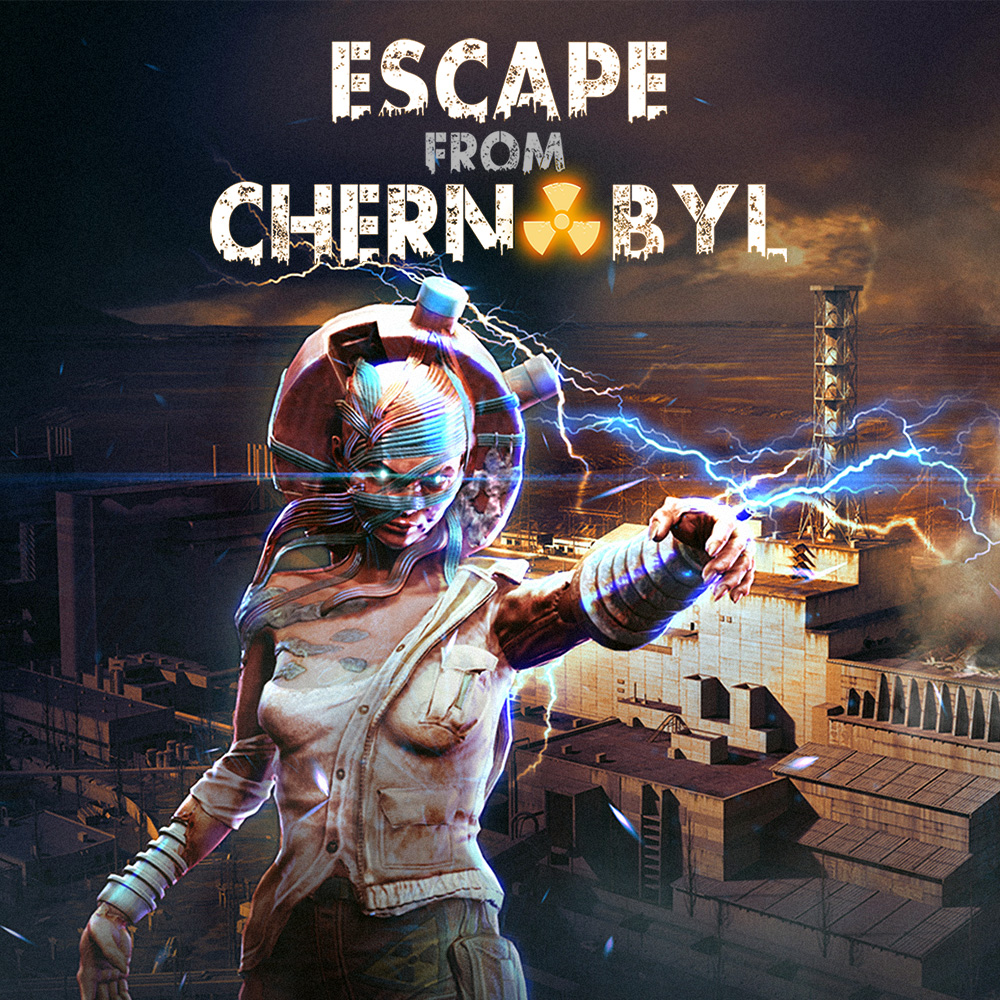
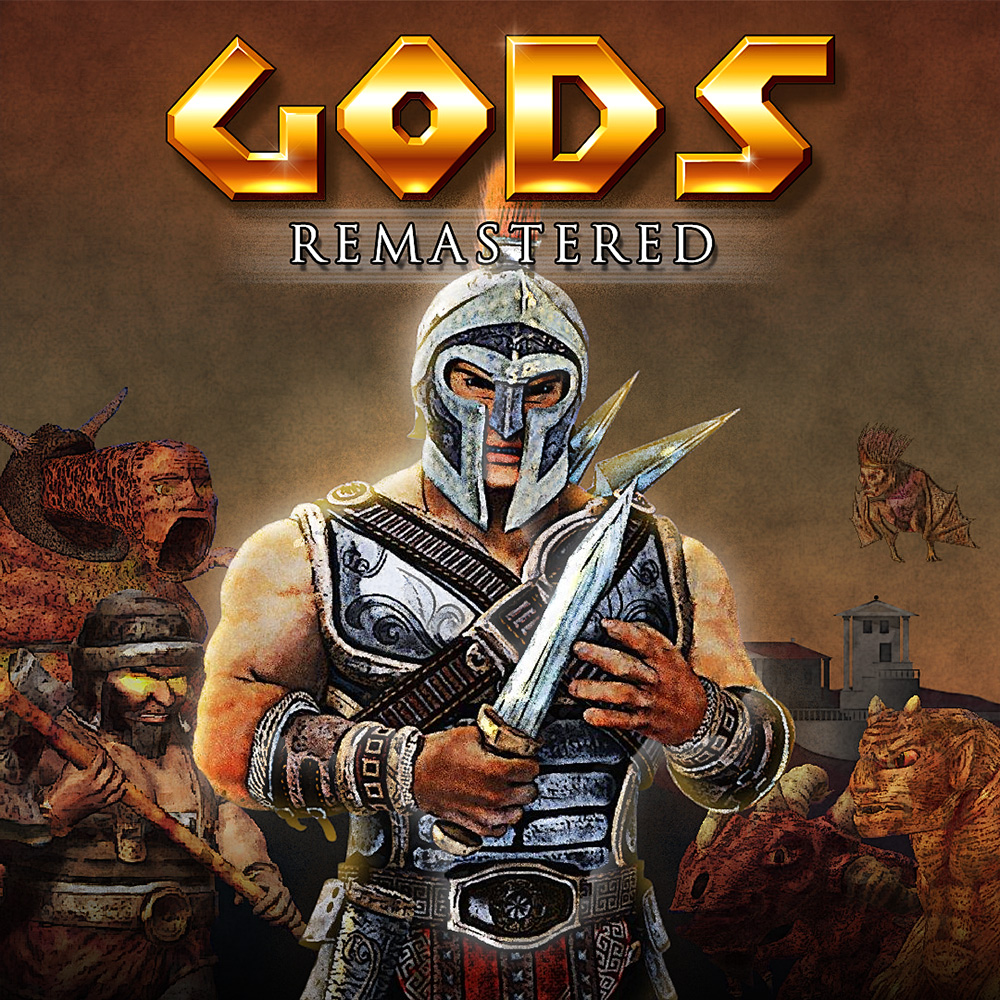
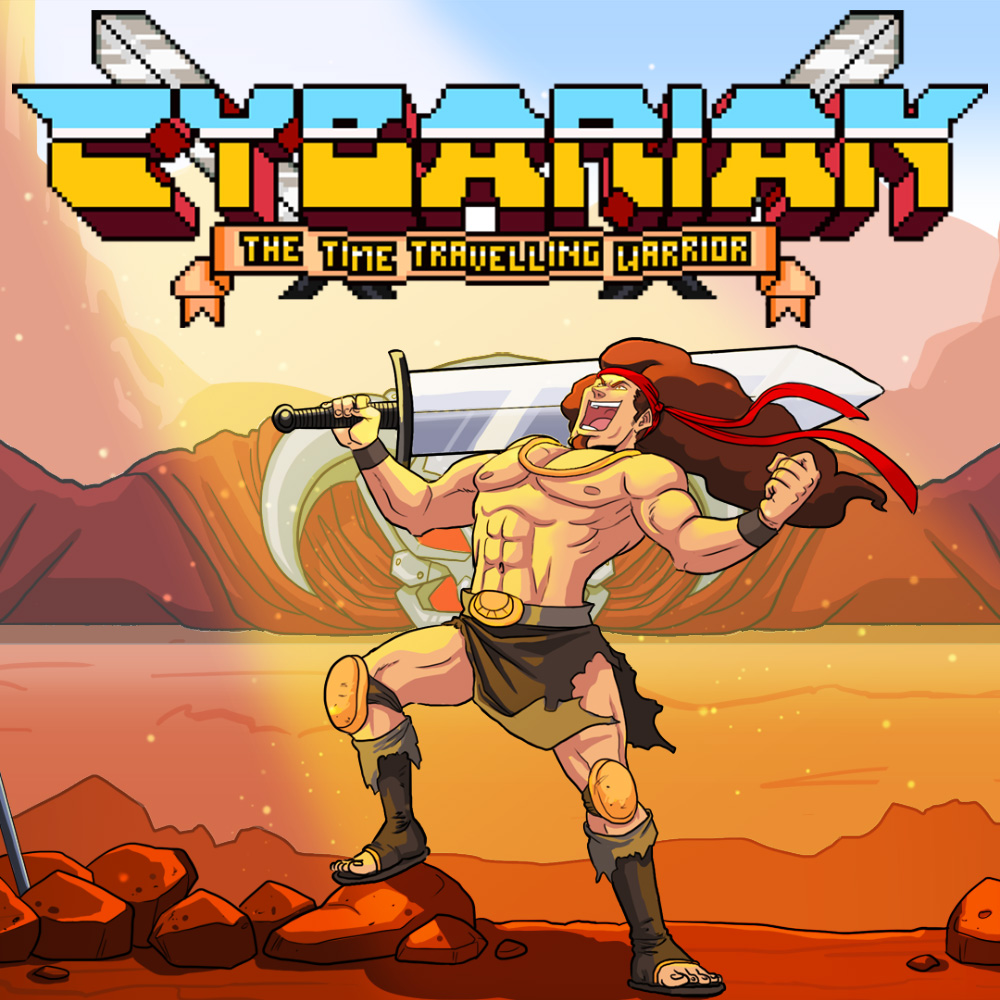
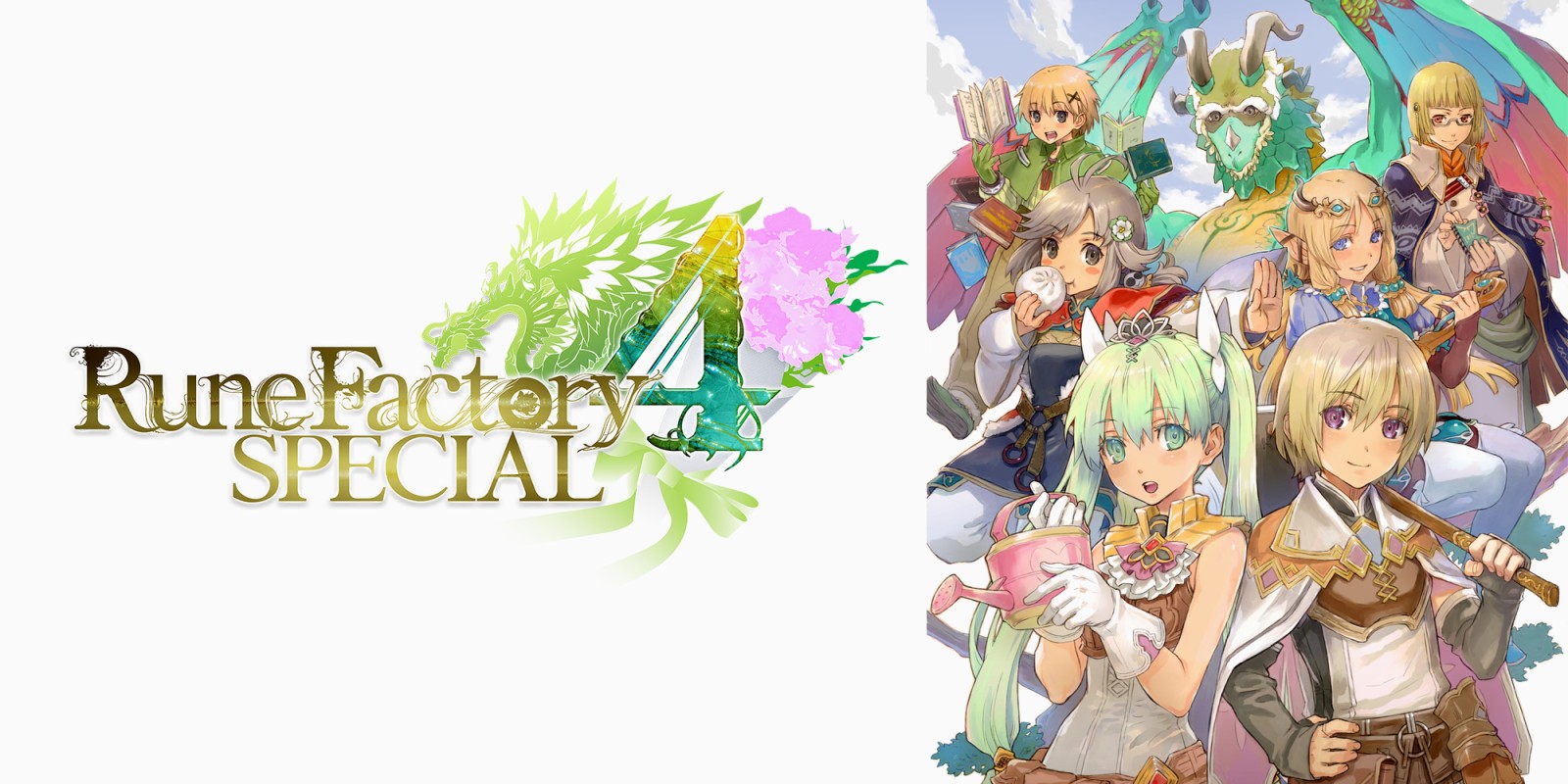

One Comment
Pingback: